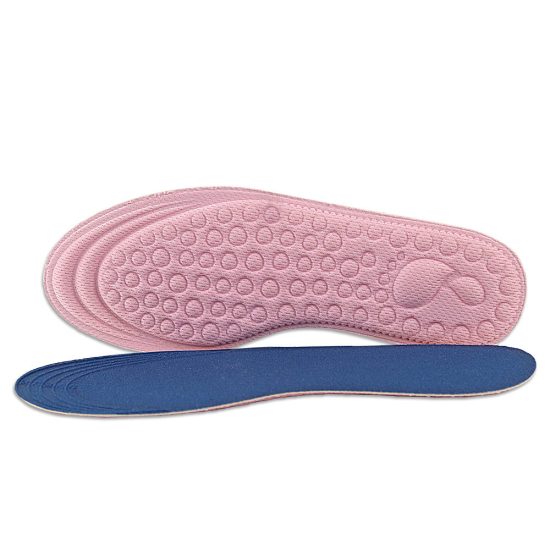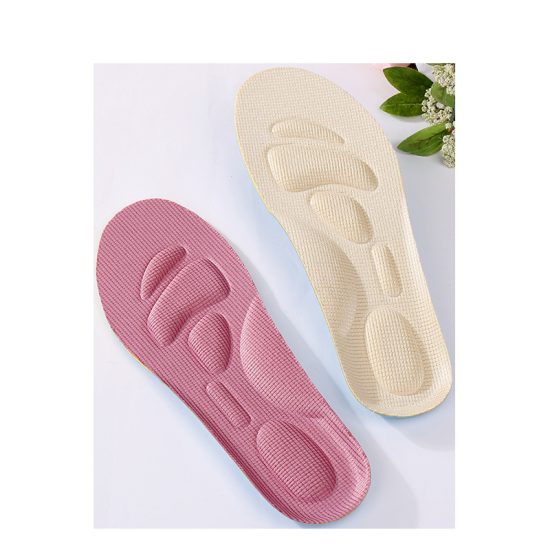Shoe insoles can play a role in foot odor, as they can absorb sweat and moisture from the feet and create a breeding ground for bacteria. Bacteria thrive in warm, moist environments, and can break down sweat and skin cells on the feet, which can create an unpleasant odor.
Here are some ways insoles can contribute to foot odor:
- Moisture absorption: Insoles can absorb sweat and moisture from the feet, which can create a damp environment that promotes bacterial growth.
- Poor ventilation: Insoles can restrict airflow in shoes, which can trap moisture and create a warm, humid environment that promotes bacterial growth.
- Bacterial growth: Bacteria can thrive in the moist environment created by insoles, and can break down sweat and skin cells on the feet, producing an unpleasant odor.
To help prevent foot odor caused by insoles, here are some tips:
- Choose breathable insoles: Look for insoles made from breathable materials, such as natural fibers or moisture-wicking fabrics, which can help keep feet dry and reduce bacterial growth.
- Replace insoles regularly: Insoles can become worn and saturated with sweat and bacteria over time, so it’s important to replace them regularly to maintain hygiene and prevent odor.
- Use antifungal or deodorizing sprays: Antifungal or deodorizing sprays can help reduce bacteria and odor in shoes and on insoles.
- Practice good foot hygiene: Good foot hygiene, such as washing feet regularly, drying them thoroughly, and changing socks frequently, can help reduce bacteria and prevent foot odor.
Overall, while shoe insoles can contribute to foot odor, there are steps you can take to prevent and manage it.


